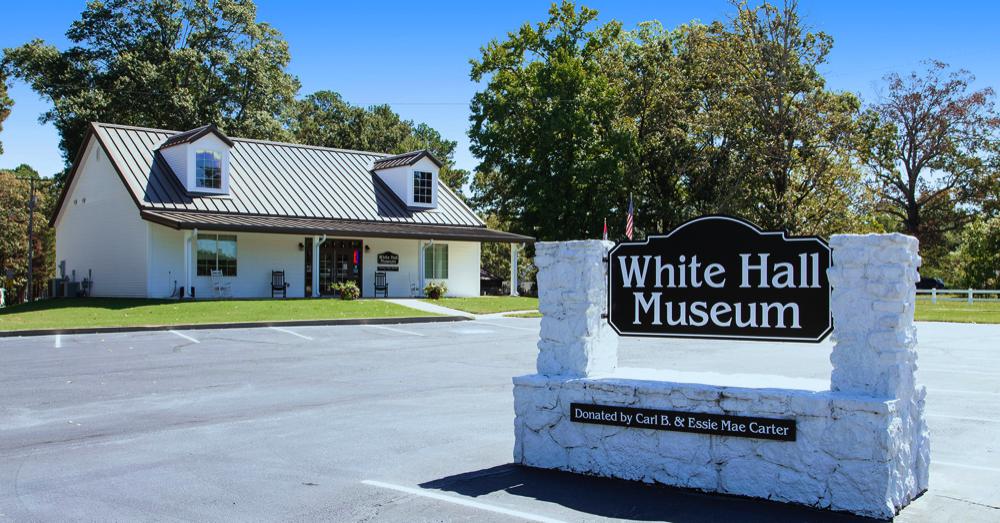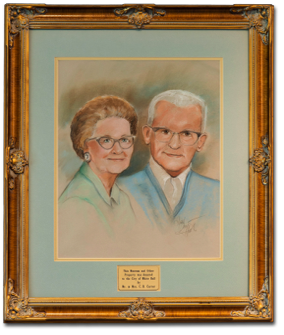
When you drive through White Hall and come to 9009 Dollarway Road, your eye will most likely be drawn to the Veterans Memorial. On the north side of the memorial is a white clapboard building with a broad veranda and dormered metal roof. A whitewashed stone sign near the road identifies the structure as the White Hall Museum, but it looks more like a vernacular farmhouse. That’s because the nearly
Welcome to White Hall Museum
new building was intentionally designed to be reminiscent of the original farmhouse built by the late Carl B. Carter on his 2-plus acres flanking the old highway.
Carter willed the property to the First Baptist Church of White Hall or to the city if the church elected to convey their bequest to the city. When the city council accepted the property in 1989, the main house was converted to a museum. A second house became the caretaker’s residence and a third house was designated as a shelter for victims of fire or other catastrophes.
The museum’s collection has grown to include a variety of exhibits that are interesting to all members of the family. Much of the collection includes memorabilia from several wars in U. S. history, including various uniforms and firearms that were used by military personnel.
Additional items are from the Pine Bluff Arsenal. The museum also features loaned and donated personal collections, plus works by local artists.
A railroad caboose, a gift from the Cotton Belt Railroad, is located in a mini-park at the east end of the property. Directly in front of the caboose is a section of the Old Dollarway Road.
Essie Mae and Carl B. Carter


